Phoenix OS allows you to install Android for free on any PC
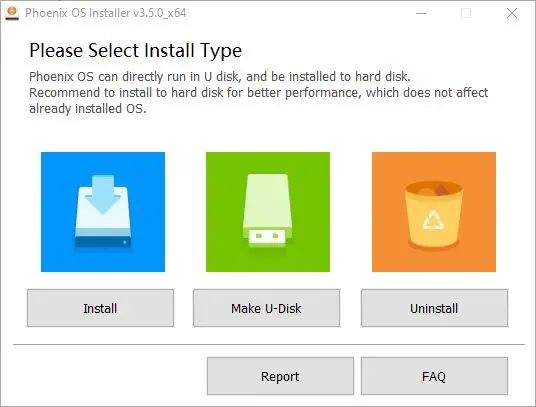
Android is the world's most widely used operating system on all types of mobile devices. Although this system is based on Linux, Google has never had an interest in pushing it further, so it is difficult to use it, for example, on our PC. Fortunately, thanks to the Linux kernel and Android is open source, there are projects that seek to allow users to install Android on any PC . And one of those projects is Phoenix OS .
Phoenix OS is an operating system designed to allow us to install Android on any type of computer, whether laptop or desktop, in order to get the most out of the operating system of Google on any type of PC. This operating system is currently based on Android 7.1 (Nougat) , although thanks to its active development we will surely see new versions soon.
One of the best Phoenix OS features is that we can also run it on Mac computers, moreover, its use does not involve formatting and we do not need a specific hard drive for installation. We can just copy Phoenix OS to a USB stick and boot the computer from it. We can also install it on our hard drive (it does not affect the main operating system) to have better performance.
The minimum Phoenix operating system requirements to install Android on any computer are simple. It is enough to have an x86 processor installed on our PC, be it from Intel or AMD. Anyone after 2010 should be working without a hitch. As for the free storage space, with only 2GB (the image already takes up about 700MB), we shouldn't have any problems. As for the RAM, although the developers are not giving any hints, with 2 GB there should be no problem.
How to Prepare Phoenix OS to Run Android on Any PC
The first thing to do to start this operating system is to download the latest version from the next link . As we will see, we will have an ISO to manually create the installation disc from Windows et macOS, and an installer, in EXE, to do it only from Windows.
Once downloaded (the installer, in our case), we run it and we can see a window like the following one.

In this window, we can choose either to create a USB key with this operating system, or to install it directly on our main hard drive with the operating system (but without partitions or dangers).
If we choose to install it on a hard drive, it will give us the choice of the unit where we want to install it. If we do it in a USB stick, we will have to choose the USB stick, connected to the PC, where we will do it. What we have to keep in mind is that Phoenix OS does not work with Secure Boot, so we have to disable it from BIOS to be able to use this system on our PC.
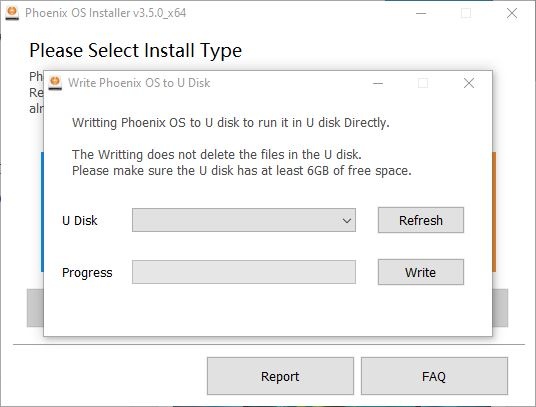
If we have chosen to use ISO, when we boot the system with it we can see the boot screen where it will ask us if we want to load Phoenix OS in Live mode, or install it. If we installed it on the hard drive or on the USB, we will not see it.
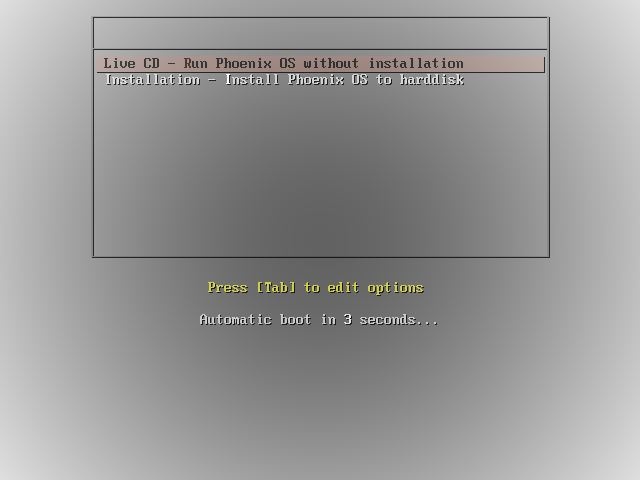
With everything ready, when we launch Phoenix OS the first thing we will see will be the launcher (a launcher designed for use on PC) with the list of applications installed in that operating system.
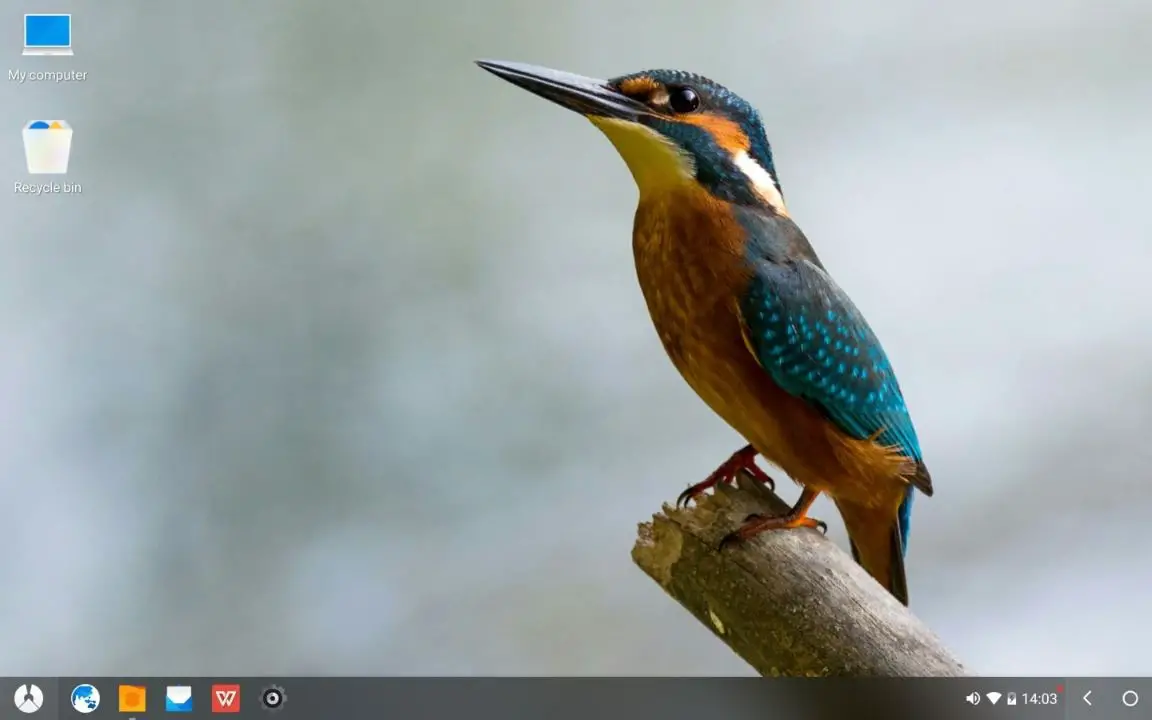
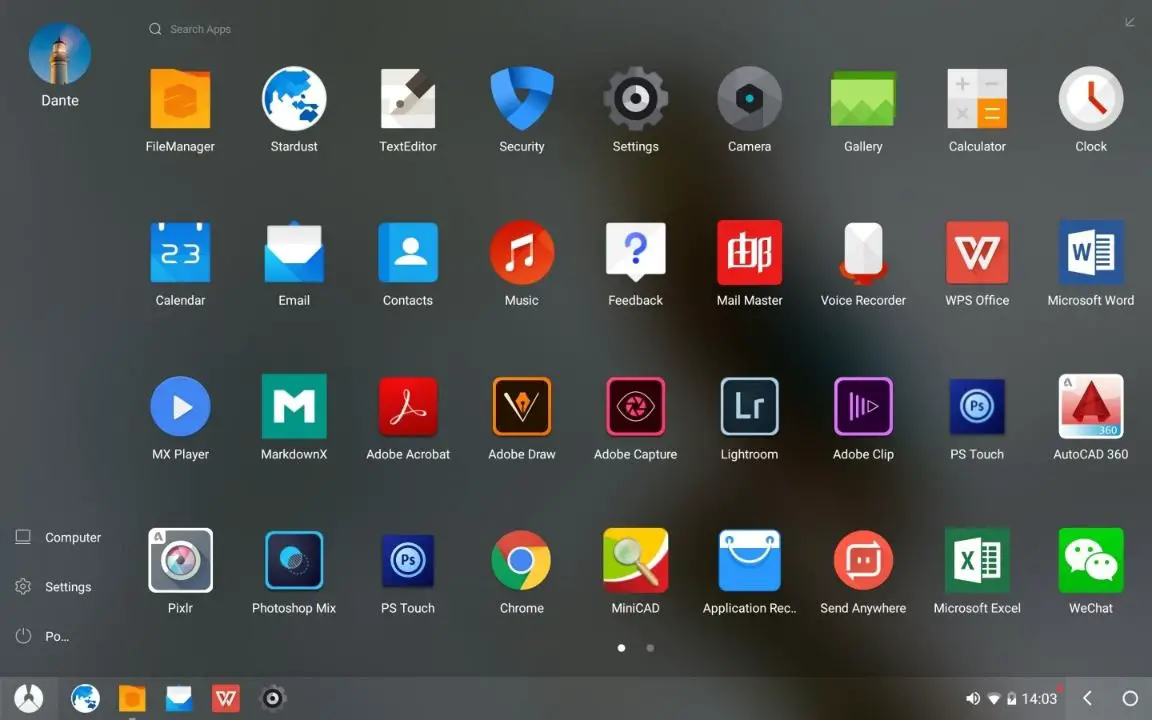


As we can see, Phoenix OS comes with a lot of preinstalled apps, many of which are adware and unnecessary, but some pretty cool ones like Google Chrome or the Office suite. In addition, we will also be able to install and run any application that we can use on our smartphone, because after all, it is Android.
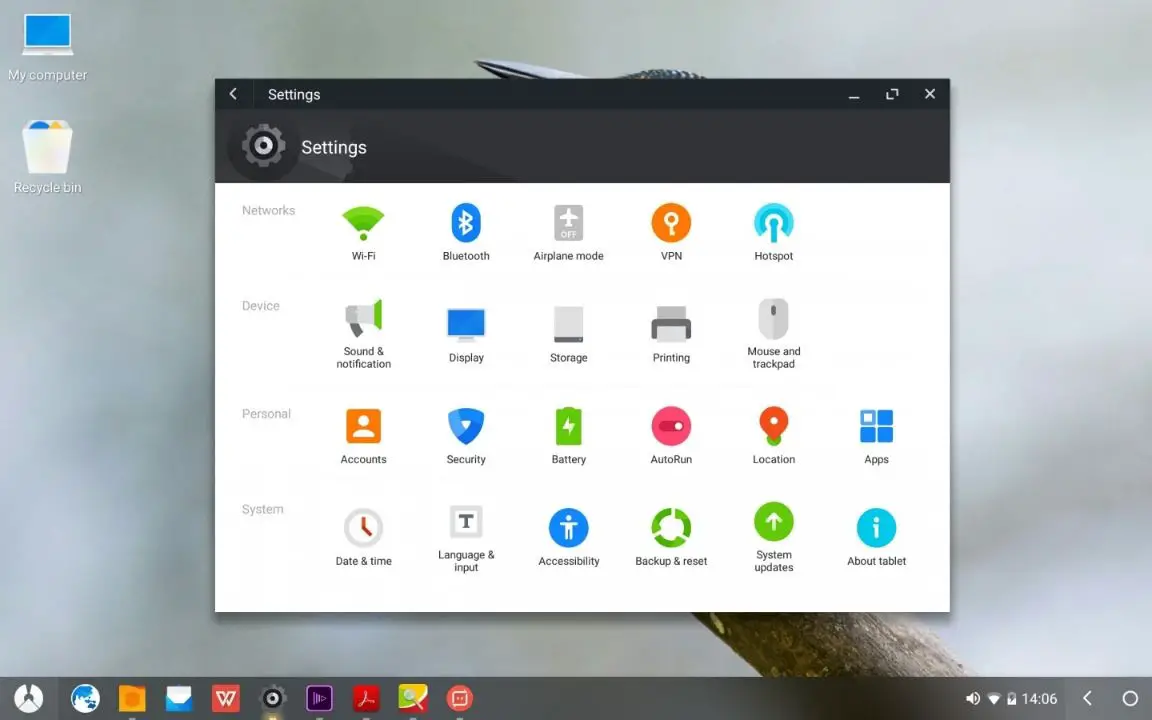
Android is not designed to run on computers. However, thanks to this type of project, we can take advantage of the Google operating system on any PC. And if you have a touchscreen on top, in the end it's like using a tablet, only more powerful and better optimized.




